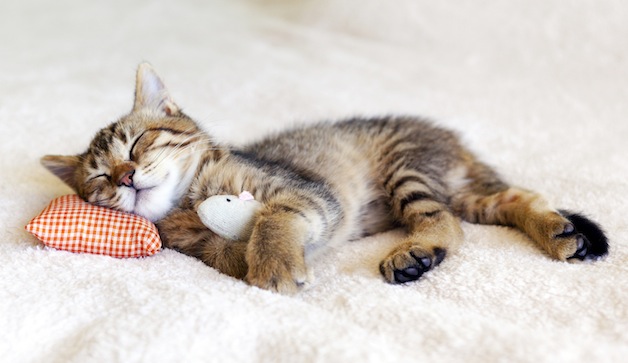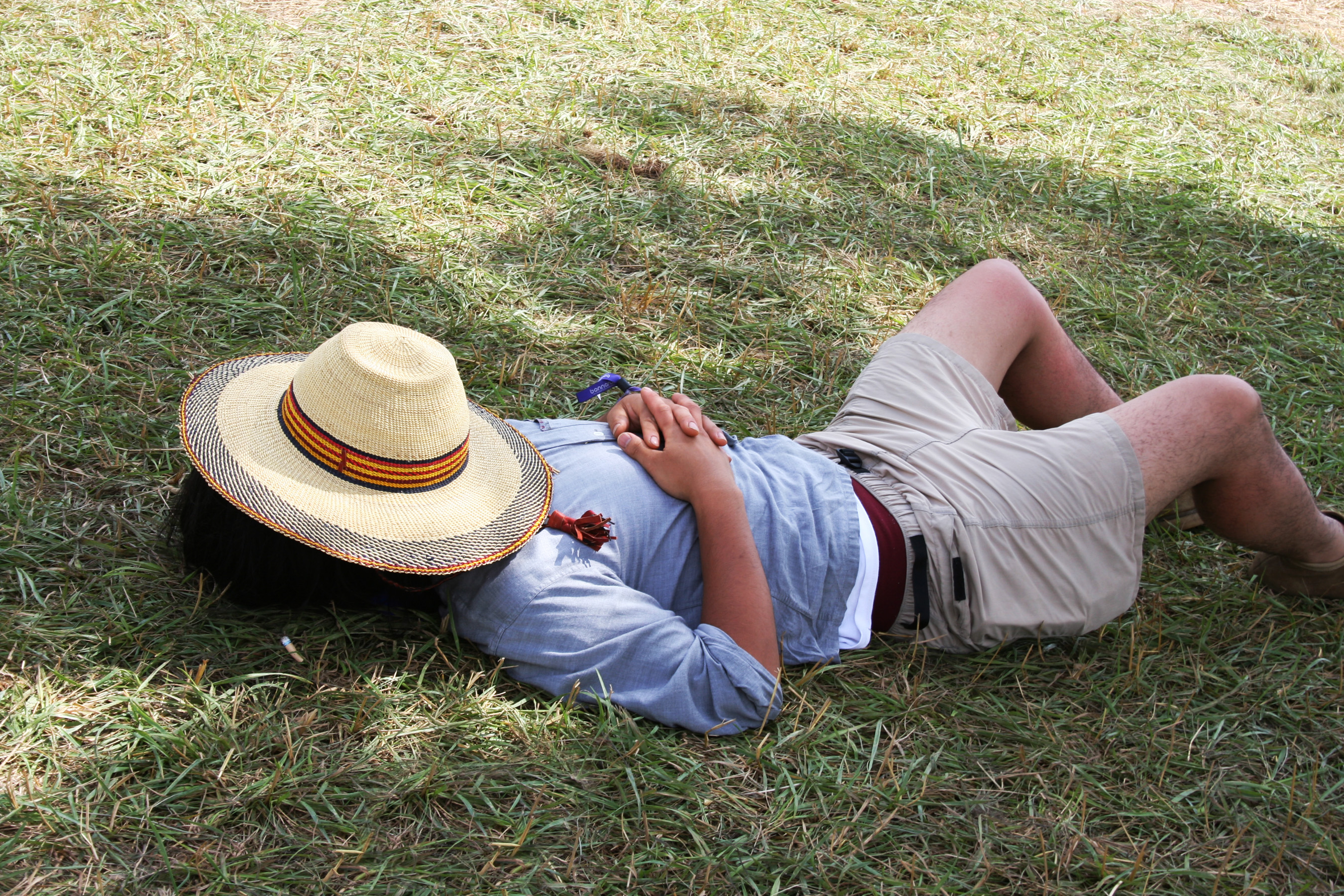
Naptime, noun: Something you resist your entire childhood, then guiltily crave for the rest of your life.
Sound about right? Well, more and more scientists are finding that naps not only can improve your health but also could make you better at everything you do. You can even tailor them—with surprising accuracy—to your mental and physical needs.
My coach in catching Z’s is Sara Mednick, Ph.D. A sleep researcher at the University of California, Riverside, Mednick has been a devoted napper for more than a decade. “I feel as good as I can with two kids and a full-time career,” she says. She barely even consumes caffeine.
In other words, Mednick has found that holiest of 21st-century grails: She’s well-rested. Napping can make you more alert, coordinated and cheerful, she writes in her book, Take a Nap! Change Your Life, citing a number of scientific studies. It can lower your risk of diabetes, stroke or heart attack; shrink your appetite for fatty, sugary foods; reduce stress; and improve your sex drive.
Most important, naps can save your life. From 2005 to 2009, drowsy drivers were involved in more than 180,000 crashes that hurt or killed people, according to the National Highway Traffic Safety Administration.

If fitting a nap into your day seems daunting, consider that even five minutes of shut-eye is a scientifically proven pick-me-up. Go longer, Mednick says, and you can plan your nap to give you more of the sleep stages you need most:
REM (rapid eye movement) sleep, sometimes known as stage five, is the main dreaming phase. Believed to help creativity, perception, memory and complex learning, it’s available all day but usually peaks during morning naps.
Afternoon and evening naps are great for slow-wave sleep, aka stages three and four. During these phases, your body restores its tissues while your brain deletes useless information and enhances your conscious memory. Plus, according to recent research at the University of Rochester, “most toxins, including the ones linked with Alzheimer’s disease, are flushed from your brain during slow-wave sleep.”
Stage two sleep—which I think of as the driver’s best friend—boosts alertness, focus and motor skills. It’s ripe for the plucking during any nap, because you have to pass through it between other stages.
As for stage one, or hypnogogic sleep, that twilight state you’re in right after you start dozing, it’s little understood. But artists, mystics and others have long championed it as a key to insight.
For most of us, the best time to nap is midafternoon, when we’re naturally most inclined to snooze. (If you prefer a different schedule, check out Mednick’s free online “nap wheel” to see what stages you’ll experience most at different times, depending on when you wake up each day.)
Let’s say you rise at 7 or 8 a.m. and nap around 1 or 2 p.m. Thanks to Mednick, here’s the rough breakdown of sleep stages you can expect from four different naps. (Note that slow-wave sleep expands if you’re highly sleep-deprived.) The listed lengths for each stage are totals and not necessarily in order, since you’ll move among stages a bit. All naps are calculated so you don’t wake during slow-wave sleep, which can leave you groggy. To be on the safe side, though, set an alarm on your clock or phone:
• 20-minute nap (for energy and alertness): two minutes of stage one sleep and 18 of stage two.
• 35-minute nap (energy, alertness and mind-clearing): two minutes of stage one, 23 of stage two and 10 of slow-wave.
• 60- to 75-minute nap (all the above, plus a creativity boost): two minutes of stage one, 28 of stage two, 25 of slow-wave and five to 20 of REM.
• 90-minute nap (the “perfect nap” because it mimics the balance of stages you get during nocturnal sleep): five minutes of stage one, 35 of stage two, and 25 each of slow-wave and REM. Studies suggest that (in already well-rested adults) this can give you the same benefits as a seven-hour night of sleep, Mednick writes.
I’ve now test-driven all of the above, with mostly great results. (Singing kids and ringing phones, it won’t surprise you, are enemies of the nap. Ditto for bright lights, chilly rooms and cats using your stomach as a trampoline. All of these have reminded me to follow further tips from Mednick: Find a napping spot that’s quiet, dim, private and cozy—but not too cozy, or you might oversleep. And again, timing is key. As I’ve found once too often, napping within two or three hours of bedtime is bad news for your overnight sleep.)
Can everyone get into the napping habit? Maybe not, Mednick says. But given that more and more people say they nap (about 50 percent, up from 20 percent in the early 2000s), it’s worth trying over the course of a few weeks, she says. “If you naturally wake up and feel great, you’re a napper.”
And if that happens, I hope you’ll tell me all about it by writing in the comments below. Just not in the middle of the afternoon.


